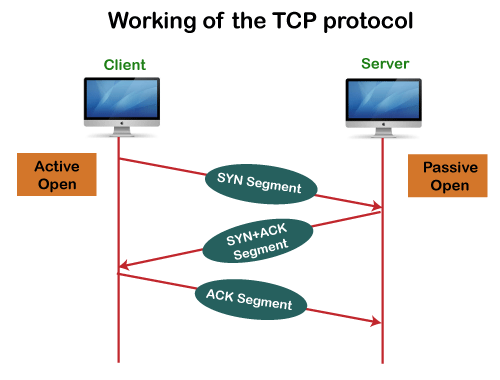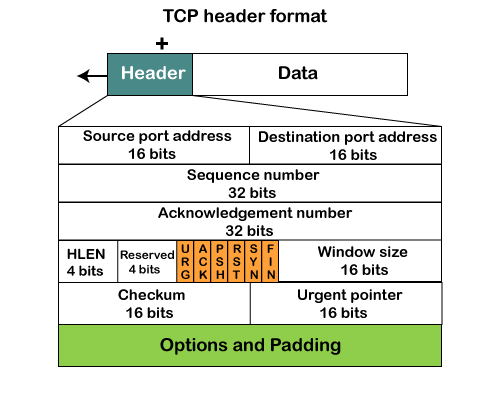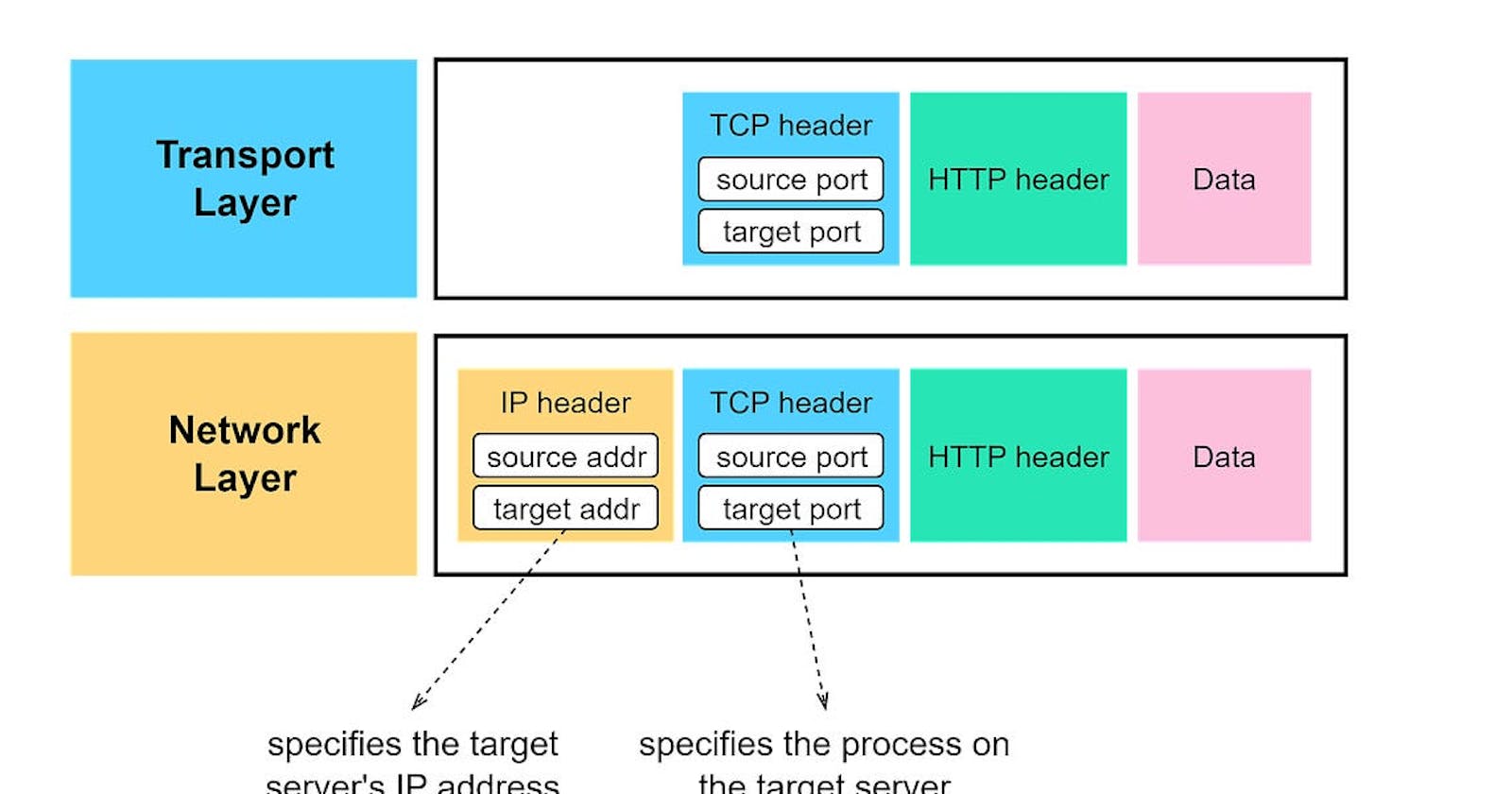What does TCP mean?
TCP meaning Transmission Control Protocol, is a communications standard for delivering data and messages through networks. TCP is a basic standard that defines the rules of the internet and is a common protocol used to deliver data in digital network communications.
Need for Transport Control Protocol
In the layered architecture of a network model, the whole task is divided into smaller tasks. Each task is assigned to a particular layer that processes the task. In the TCP/IP model, five layers are application layer, transport layer, network layer, data link layer, and physical layer. The transport layer has a critical role in providing end-to-end communication to the directly application processes. It creates 65,000 ports so that the multiple applications can be accessed at the same time. It takes the data from the upper layer, and it divides the data into smaller packets and then transmits them to the network layer.

Working of TCP
In TCP, the connection is established by using three-way handshaking. The client sends the segment with its sequence number. The server, in return, sends its segment with its own sequence number as well as the acknowledgement sequence, which is one more than the client sequence number. When the client receives the acknowledgment of its segment, then it sends the acknowledgment to the server. In this way, the connection is established between the client and the server.

Advantages of TCP
It provides a connection-oriented reliable service, which means that it guarantees the delivery of data packets. If the data packet is lost across the network, then the TCP will resend the lost packets.
It provides a flow control mechanism using a sliding window protocol.
It provides error detection by using checksum and error control by using Go Back or ARP protocol.
It eliminates the congestion by using a network congestion avoidance algorithm that includes various schemes such as additive increase/multiplicative decrease (AIMD), slow start, and congestion window.
Disadvantage of TCP
It increases a large amount of overhead as each segment gets its own TCP header, so fragmentation by the router increases the overhead.
TCP Header Format

Source port: It defines the port of the application, which is sending the data. So, this field contains the source port address, which is 16 bits.
Destination port: It defines the port of the application on the receiving side. So, this field contains the destination port address, which is 16 bits.
Sequence number: This field contains the sequence number of data bytes in a particular session.
Acknowledgment number: When the ACK flag is set, then this contains the next sequence number of the data byte and works as an acknowledgment for the previous data received. For example, if the receiver receives the segment number 'x', then it responds 'x+1' as an acknowledgment number.
